Congratulations! You have survived the terrible twos. Brace yourself because your child has now entered the demanding threes. Two year-old children begin to test their independence. When they are three, they demand their independence as well as test boundaries and authority. 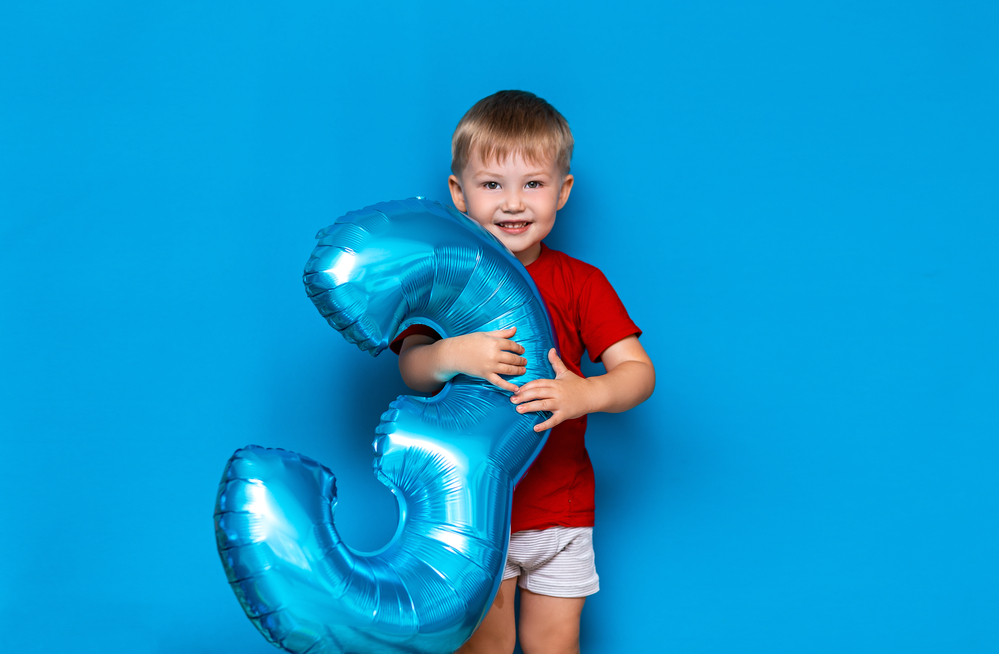
That is why (at least for my husband and I) the threes were more difficult than the twos. There is a lot going on with your child developmentally. Understanding your three-year-old’s development will help you navigate the third year of your child’s life more smoothly.
In this article, I will discuss the cognitive, language, social/emotional and physical developmental milestones of three-year-olds. You can find them by visiting the CDC website.
I will also recommend developmentally appropriate activities and toys for three-year-olds. You will notice that many of the toys and activities recommended are very similar to the suggested activities and toys for two-year-olds.
Cognitive Developmental Milestones
- Manipulates toys with buttons, levers and other moving parts
- Completes 3-4 piece puzzles
- Understands what “two” means
- Copies a circle with a pencil or crayon
- Turns the pages in a book one at a time
- Builds towers using more than 6 blocks
- Screws and unscrews lids and turns door handles
Activities and Toys to Reinforce Cognitive Development 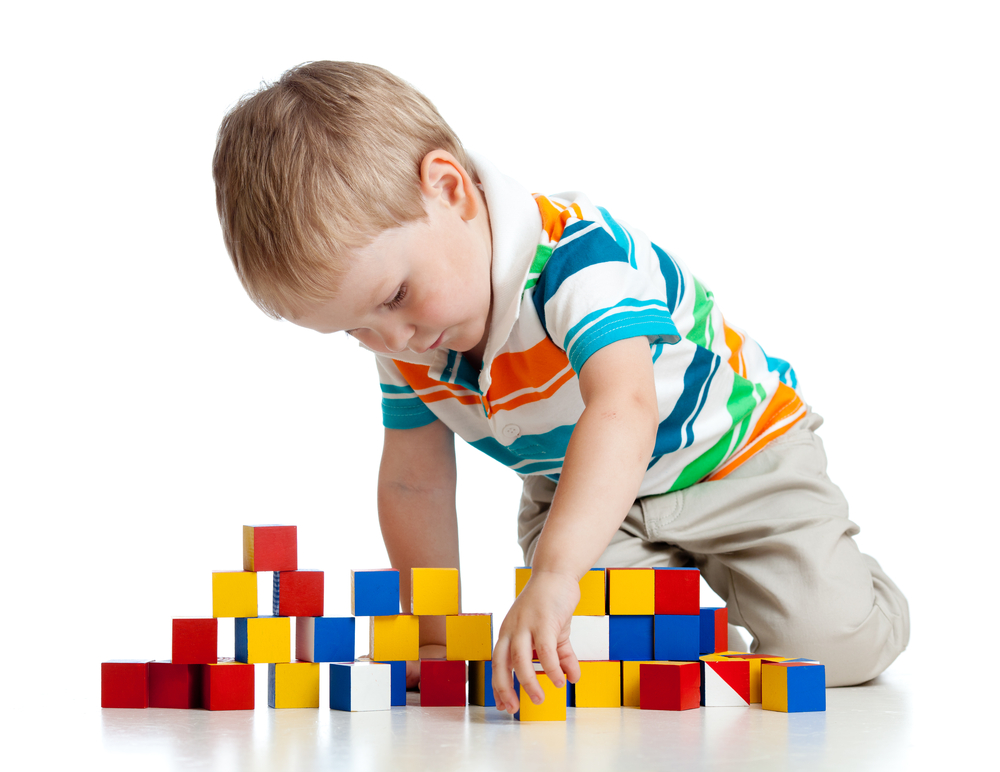
- Provide children with toys that have buttons. Give your child simple puzzles to complete.
- Ask your child to give you two of any object. For example, “Give mommy two blocks.”
- Let your child have lots of opportunities to draw with pencils or crayons. Draw shapes on the top of a paper and have your child trace it and then copy it.
- Allow your child to turn the pages in the book as your read it to him.
- Provide your child with different types of blocks to build with. Building with blocks is very good for brain development and problem solving. My son loves to build with these wooden blocks he helped us make.
- Ask your child to help you in the kitchen by opening jars and containers for you. Let your child open and hold doors for you, too.
Language/Communication Developmental Milestones
- Follows 2-3 step directions
- Names most familiar objects
- Understands position words such as in, on & under.
- Knows and says first name, age and gender
- Names a friend
- Says pronouns such as I, me, we, you & some.
- Carries on a conversation using 2-3 sentences
Activities and Toys to Reinforce Language Development 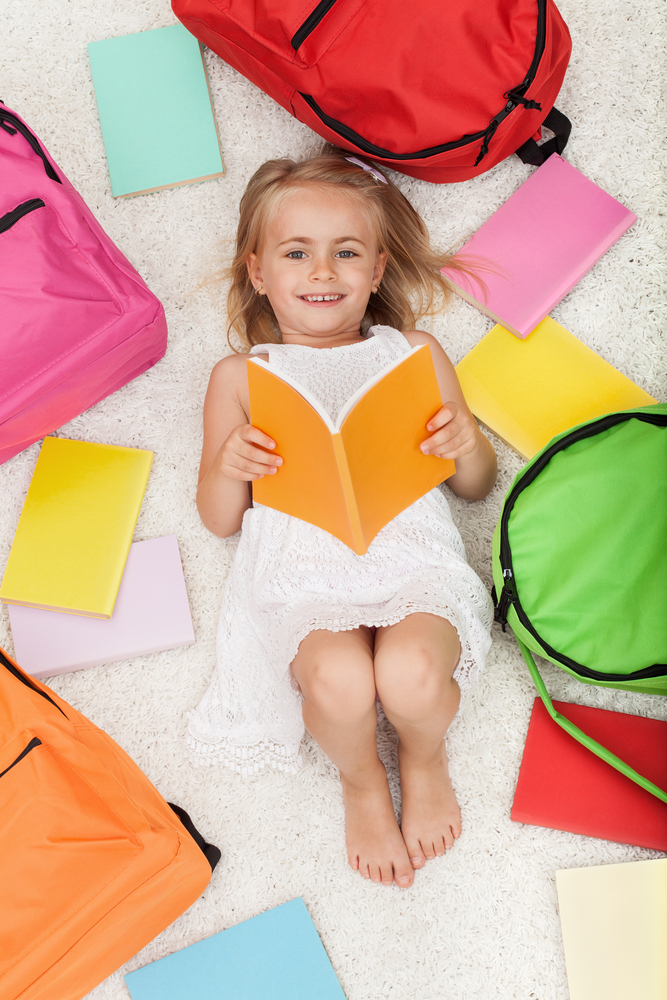
- Give your child more than 2-3 step directions such as: “Take off your shoes. Take them to your room. Put them in your closet.” “Put soap on your hands. Rinse your hands. Dry your hands.”
- When reading a book, periodically point to an object in the book and say “What is that?” See if your child can name it for you.
- Tell your child to put an object under the table, on his head or in the box.
- Ask your child “What is your name?” “How old are you?” “Are you a girl or a boy?”
- Ask your child to tell you the name of one of her friends.
- Read your child’s favorite book and then ask your child to tell you what happened in the story. At the end of the day, ask your child to tell what he did today. See if he can tell you in at least 2-3 sentences.
Physical Developmental Milestones
- Climbs well
- Runs easily
- Pedals a tricycle
- Walks up and down stairs with one foot on each step
Activities and Toys to Reinforce Physical Development
- Take your child to the park or playground and let her climb up the ladder to the slide or climb on the jungle gym.
- Play running games with your child such as tag or simple races.
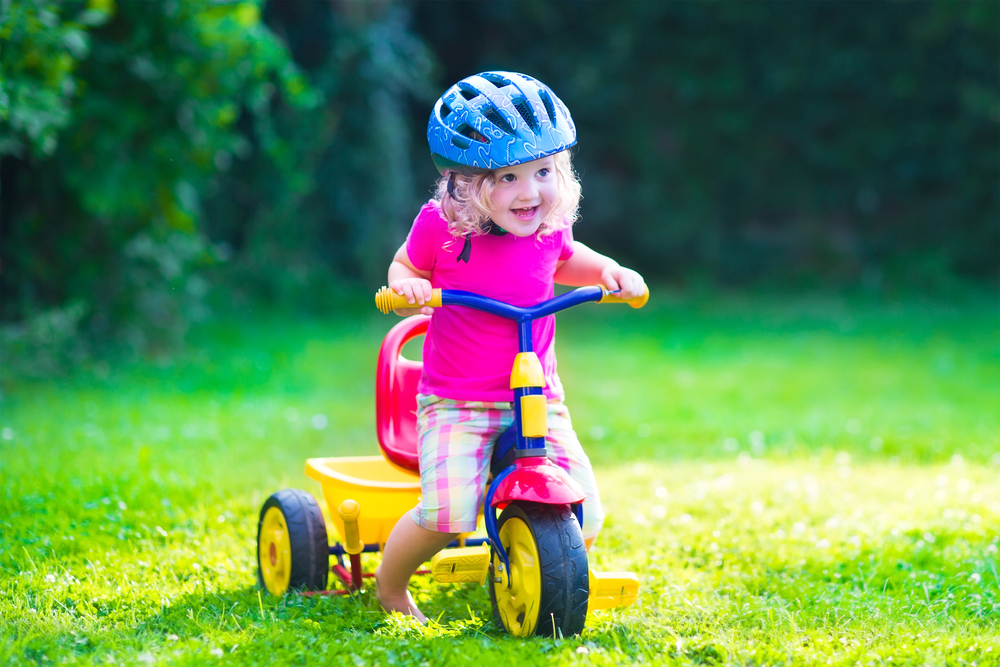
- Buy a tricycle for your child to ride. You can often find them at garage sales or children’s consignment shops at an affordable price.
- Provide opportunities for your child to climb stairs.
Social/Emotional Developmental Milestones
- Copies adults and peers
- Shows affection to friends and family without prompting
- Demonstrates concern for a crying friend
- Displays a wide range of emotions
- Takes turns while playing games
- Understands concept of mine, his & hers.
- Separates easily from mom and dad
- May get upset with major changes in routine
- Dresses and undresses self
Activities and Toys to Reinforce Social/Emotional Development
- Play action games such as Follow the Leader and Simon Says with your child.
- Play board games such as Candy Land & Chutes and Ladders. You will you help your child practice basic skills and learn to take turns. More importantly you will be spending time bonding with your child which is crucial to your relationship now and down the road.
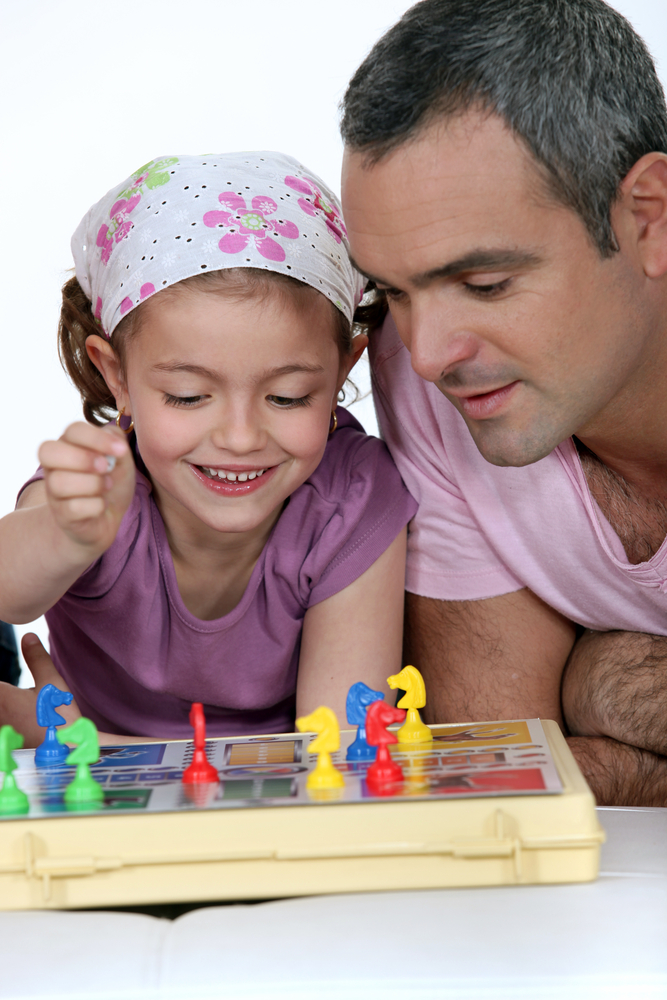
- Provide a stuffed animal your child can love and cuddle.
- Make sure your child has toys such as dolls, vehicles, kitchen sets and tools that allows her to mimic and role-play what she sees adults and other children doing in real life.
- Tell your child about any upcoming changes to their routine if possible. Children thrive on routine. If you abruptly change the routine, it may throw your child off balance and cause him to melt down. Giving your child fair warning gives him time to process, adjust and prepare helping him avoid getting upset over the change in routine.
- Allow your child to dress and undress himself.
Establish Safe and Healthy Boundaries
Young children have a need for independence and it is how they demonstrate their likes and dislikes. It is how they express to the world who they are. This need for independence makes a dramatic appearance when children are two.
Three year-old children expound on their need for independence by testing the limits and boundaries more than they did when they were two.
Continue to give your child two choices to choose from just like you did when she was two. When a child has the opportunity to make some choices, she feels like she has a voice and is being heard. If she doesn’t feel like she has any input in what happens in her life, she will often exhibit her frustration by acting out.
Giving your child choices also helps you establish safe and healthy boundaries. Give your child two choices that are safe, manageable and attainable for you and your child.
If your child refuses either of the choices, tell them to your child again. “Would you like to read a book or take a bath first?” In this example, both choices are activities you want your child to do. You gave your child some control by letting him choose which one he would accomplish first.
All children desire and need boundaries. It is what assures them they are safe. When they disobey or push the limits, they are really testing you to see if there are boundaries and what they are. 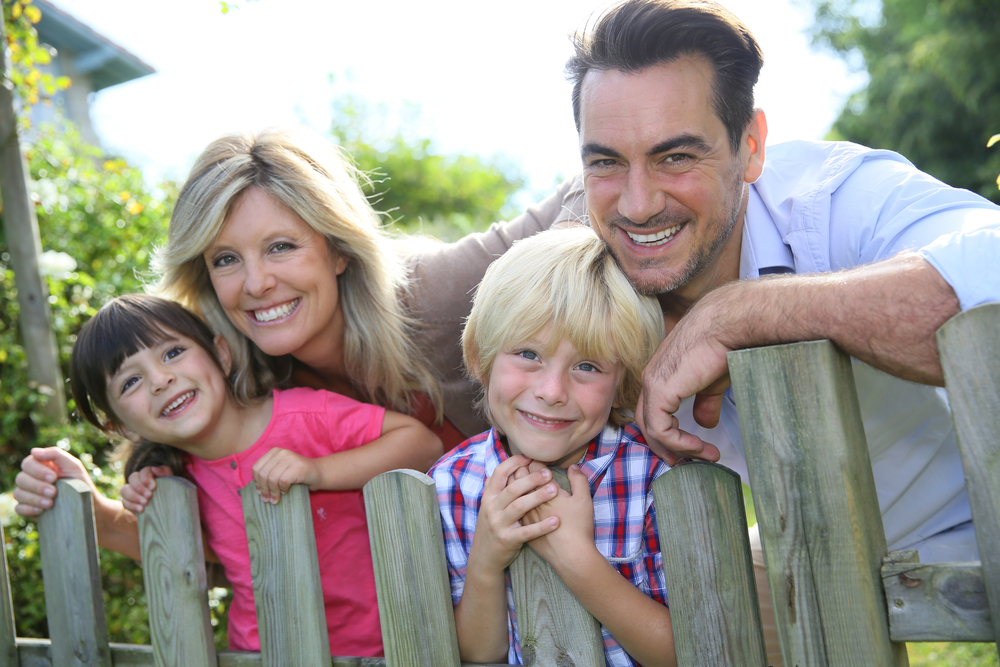
That is why it is essential to be loving but firm in establishing rules, expectations and procedures. If you aren’t firm, you will send the message to your child that he hasn’t yet reached the boundary and he will push them even farther.
Use Milestones as Your Guide
Navigating the rough water of your child’s third year smoothly will be much easier if you use the developmental milestones of three-year-olds discussed in this article as a guide.
Having a knowledge of the Cognitive, Language, Physical and Social/Emotional milestones will help you better understand your three-year-old. These milestones will aid you in comprehending why he acts the way he does and why he needs safe and healthy boundaries.
Be sure to contact your pediatrician if your child is not meeting these milestones or if you have any other concerns about your child’s development or behavior.
Spend some time with your precious child playing, making memories and establishing boundaries. Use the activities and toys for three-year-olds recommended in this article and you and your child will have a smooth journey her third year of life.









Leave a Reply